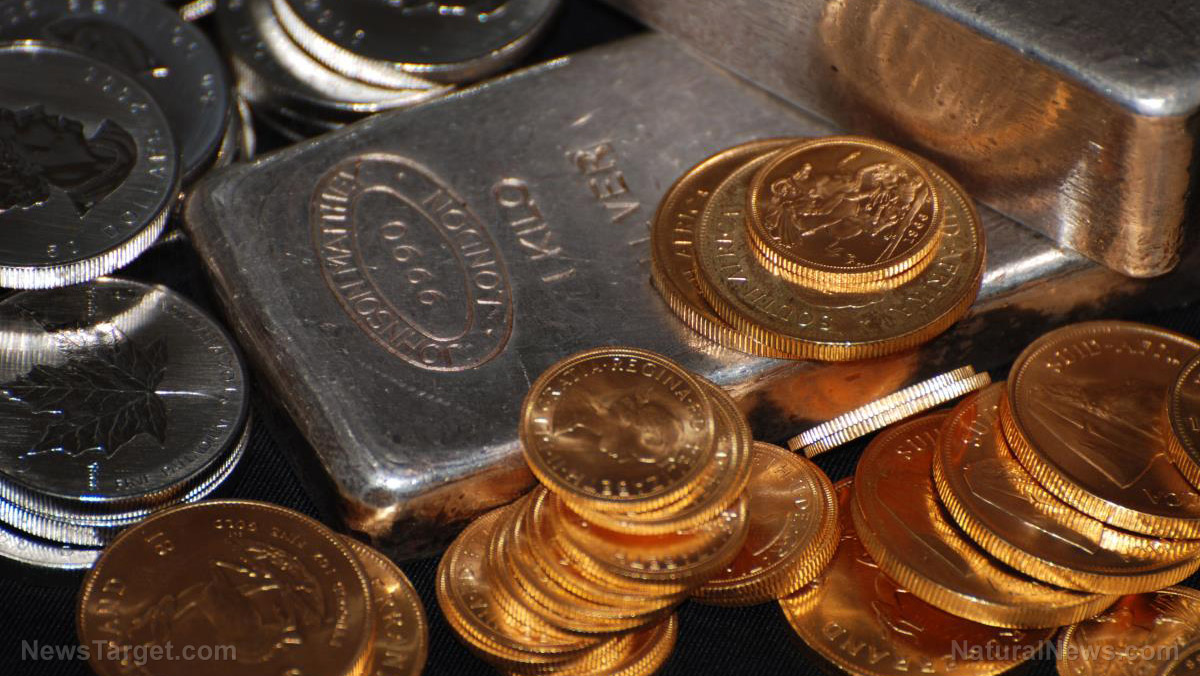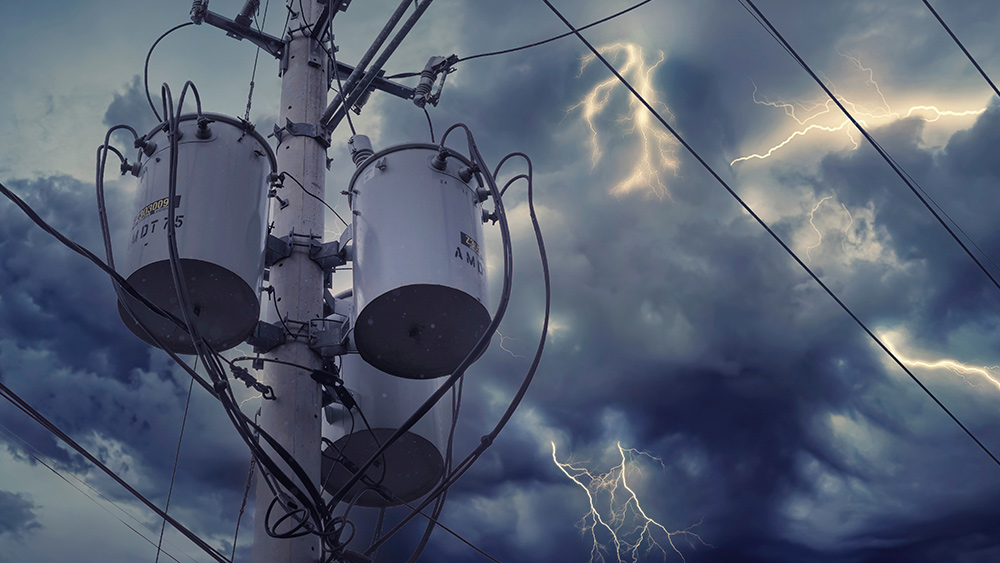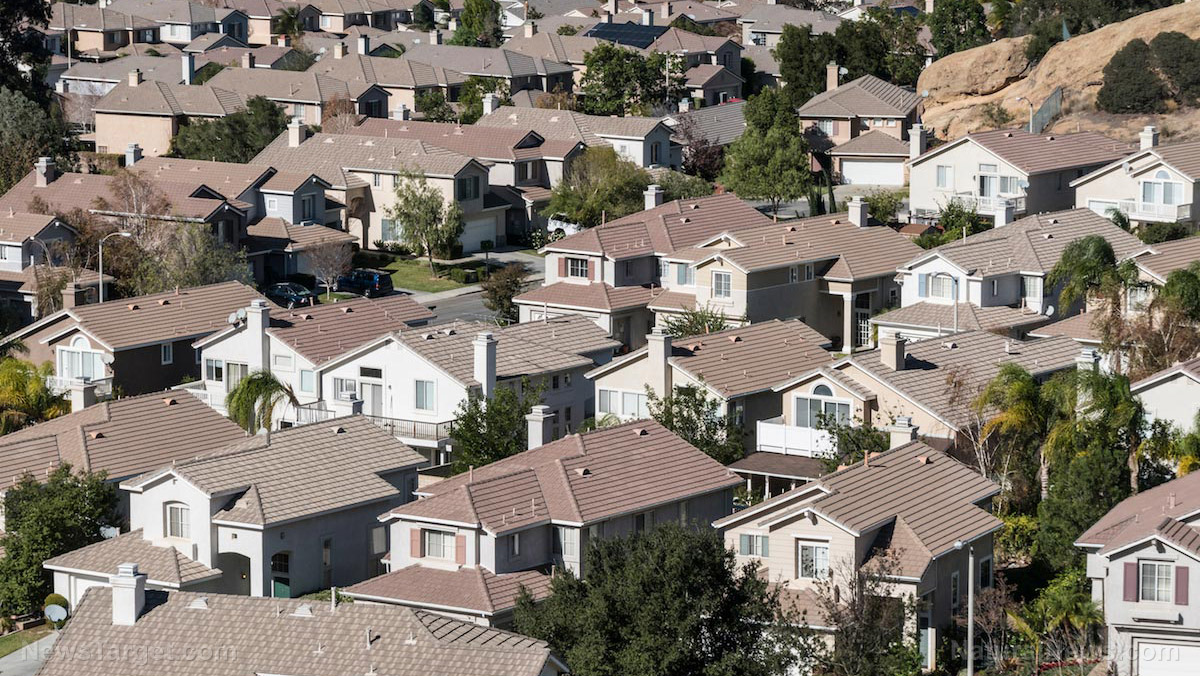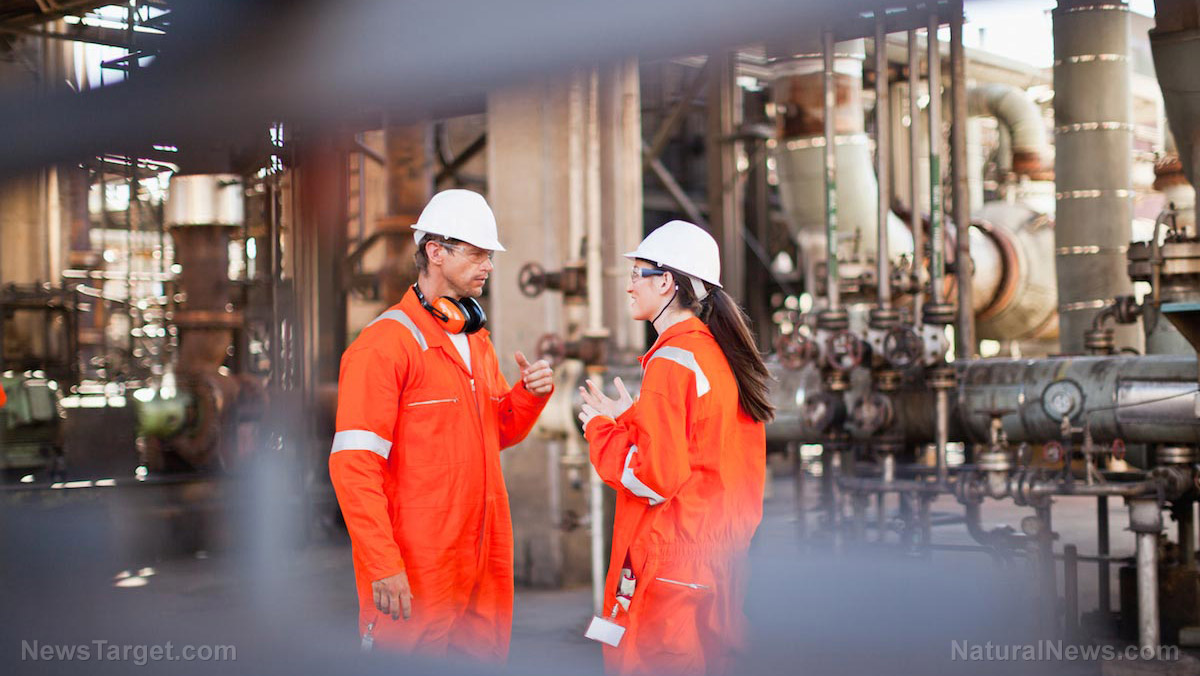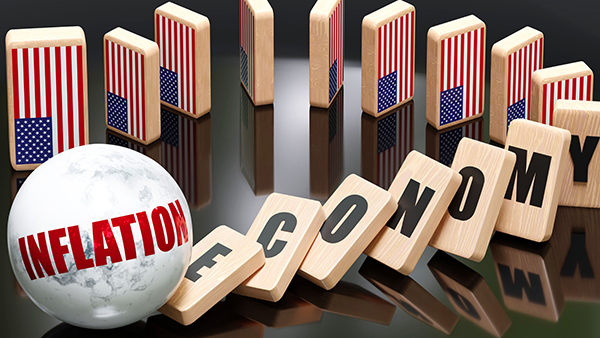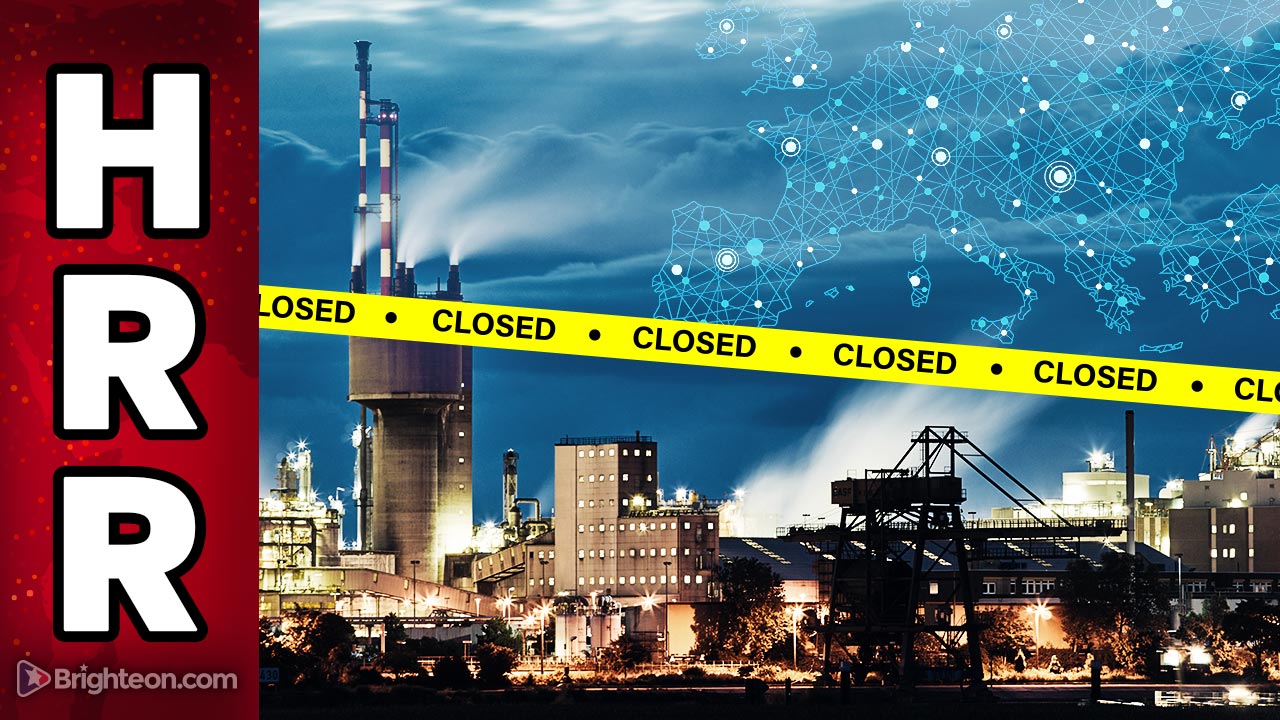Australia’s central bank may aggressively increase interest rates as inflation hits 32-year high
11/02/2022 / By Belle Carter

Analysts expressed concerns that the Reserve Bank of Australia (RBA) may be forced to aggressively increase interest rates as inflation hit a 32-year high.
According to the Australian Bureau of Statistics (ABS), the current inflation rate of 7.3 percent is more than one percent higher than last year’s 6.1 percent. It is the highest since 1990 and almost three times the pace of wage growth.
Data from the bureau released Oct. 26 also showed the consumer price index (CPI) rising to 1.8 percent – surpassing the market forecast of 1.6 percent.
According to Reuters, the ABS’ findings served as unwelcome news to the central bank – which initially predicted core inflation peaking at six percent in the fourth quarter of 2022. (Related: Double-edged sword: Fed hikes interest rates again to combat inflation, but it will only deepen our current recession.)
“The upshot is that CPI inflation will approach eight percent in Q4,” said Marcel Thieliant, a senior economist at London-based independent economic research firm Capital Economics. “The stronger-than-expected rise in consumer prices is consistent with our forecast that the RBA will hike rates more aggressively than most anticipate.”
Subsequently, Australia and New Zealand Banking Group and Commonwealth Bank of Australia (CBA) added another 25 basis points to their forecasts for the cash rates to peak at 3.85 percent and 3.1 percent respectively. Moreover, National Australia Bank revised its terminal rate expectation to 3.6 percent from 3.1 percent before. The cash rate is currently at 2.6 percent.
Canberra’s budget aligned with monetary policies to battle inflation
Australia’s Labor Party-dominated government admitted that inflation has been devastating the country’s economy. This week, they implemented restrained spending in its “Federal Budget 2022-23,” despite calls for more cost-of-living support amid soaring prices.
“Whether it’s food, whether it’s electricity, whether it’s rent, inflation is public enemy number one. Inflation is the dragon we need to slay,” Treasurer Jim Chalmers commented.
He noted that officials have worked to ensure fiscal and monetary policies are aligned with the budget to support the RBA’s fight against soaring inflation. “This budget will be solid, sensible and suited for the times. It will recognize that in a time of extreme global uncertainty, our best defense is a responsible budget at home,” Chalmers told reporters.
Prime Minister Anthony Albanese said the budget would provide the cost-of-living relief without putting pressure on inflation. According to reports, the Australian Department of the Treasury is expected to reveal just over $40 billion AUD ($25 billion) in improvements to the budget bottom line over four years.
The CBA economics team stated in its budget update: “Higher energy costs, fueled by international and domestic supply issues, will keep inflation more elevated than previously indicated. However, there is little change in those expectations regarding the level to which inflation will rise by December.”
The team added that the Treasury is forecasting that inflation will drop to 5.75 percent by the end of June next year and then to 3.5 percent in June 2024. They are expecting that things will be slightly different, indicating that the reduction will be a bit faster, falling to 4.8 percent by the end of June next year and then 2.8 percent 12 months after that.
Visit Inflation.news for more stories about inflation worldwide.
Watch the video below that talks about how inflation gives rise to a societal collapse.
This video is from the Prisoner channel on Brighteon.com.
More related stories:
Inflation in Argentina up almost 79% in August, virtually guaranteeing another interest rate hike.
Thousands of Britons take to the streets to protest against rising inflation and cost of living.
Sources include:
Submit a correction >>
Tagged Under:
Australia, big government, Bubble, chaos, Collapse, CPI, debt collapse, economic collapse, economy, Federal Reserve, finance, Inflation, interest rates, market crash, money supply, prices, Reserve Bank of Australia, risk
This article may contain statements that reflect the opinion of the author
RECENT NEWS & ARTICLES
COPYRIGHT © 2017 RISK NEWS







